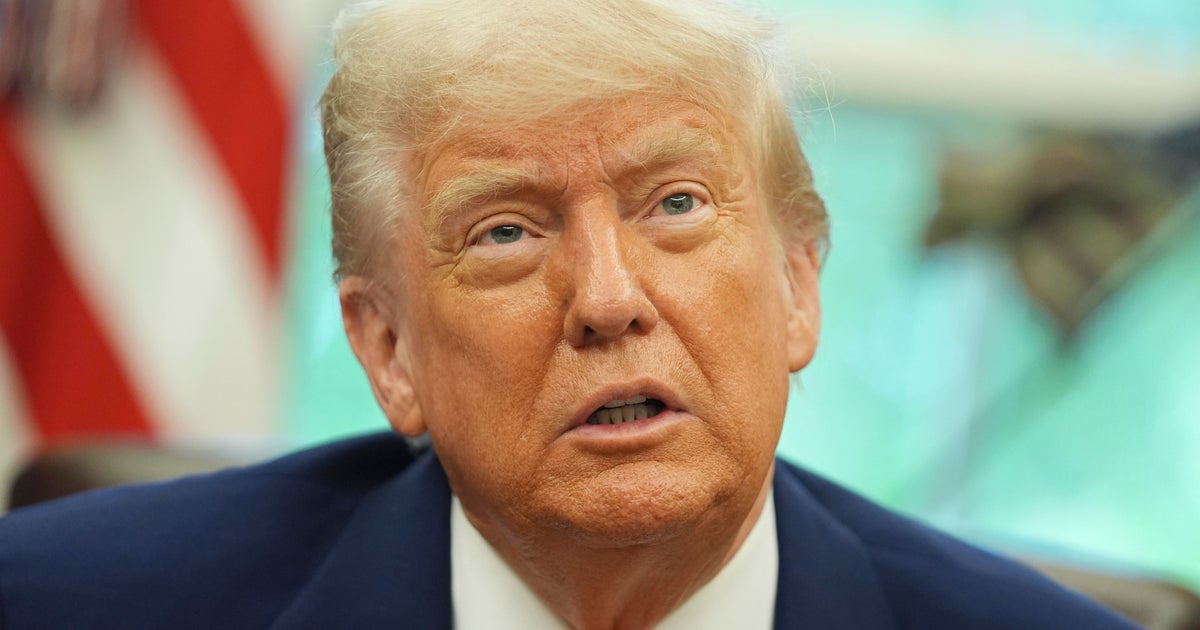Trump Proposes Drug Price Reforms: A Game-Changer for U.S. Healthcare?
Former President Donald Trump has unveiled a sweeping proposal to mandate that the U.S. government pay no more for prescription drugs than the lowest prices offered in other developed nations. Announced on June 15, 2024, this plan aims to slash healthcare costs by aligning U.S. drug expenditures with international benchmarks, potentially reshaping pharmaceutical pricing and access for millions of Americans.
The Proposal’s Core Mechanics
Trump’s “Most Favored Nation” pricing model would require federal health programs like Medicare to purchase medications at rates comparable to those paid by countries such as Canada, the UK, or Germany. The policy, which could be implemented via executive action if he wins the November election, targets widely used drugs for chronic conditions like diabetes, heart disease, and cancer.
Key components include:
- Benchmarking prices against 12 OECD nations
- Applying reforms to Medicare Part B and D initially
- Exempting rare disease treatments and certain biologics
Potential Impact on Healthcare Costs
The Congressional Budget Office estimates similar proposals could save $150 billion over a decade. A 2021 Rand study found U.S. drug prices average 2.5 times higher than in comparison nations, with some brand-name drugs costing 4-6 times more. For example:
- Humira (arthritis): $2,984/month in U.S. vs. $822 in UK
- Januvia (diabetes): $516/month vs. $103 in Canada
“This could be the most significant downward pressure on drug prices in decades,” says Dr. Aaron Kesselheim, Harvard Medical School professor. “But implementation challenges are substantial—pharma won’t surrender profits without a fight.”
Pharmaceutical Industry Pushback
The proposal faces fierce opposition from drug manufacturers. Pharmaceutical Research and Manufacturers of America (PhRMA) warns it would “stifle innovation and limit patient access.” Industry analysts project a 15-20% revenue decline for major manufacturers if enacted.
Johnson & Johnson CEO Joaquin Duato argued in a recent statement: “Price controls ignore that U.S. profits fund 70% of global drug research. This risks delaying life-saving therapies.”
Mixed Reactions from Healthcare Stakeholders
Patient advocacy groups are cautiously optimistic. “Lower prices mean fewer seniors rationing insulin,” said AARP’s Nancy LeaMond. However, some physicians worry about unintended consequences:
- Potential drug shortages if manufacturers reduce U.S. supply
- Delayed launch of new medications in American markets
- Possible R&D budget cuts affecting future treatments
Political and Legal Hurdles Ahead
The proposal revives a 2020 Trump administration initiative blocked by federal courts. Legal experts cite two major challenges:
- Authority: Whether presidents can unilaterally set drug prices without Congressional approval
- Trade: Potential violations of international patent agreements
Democratic leaders have offered tempered support. “We welcome any serious effort to lower prices, but this needs legislative teeth to survive challenges,” said Sen. Elizabeth Warren.
Comparative Analysis: U.S. vs. Global Drug Pricing
Data from the Peterson-KFF Health System Tracker illustrates the U.S. pricing disparity:
| Drug | U.S. Price | International Average |
|---|---|---|
| Keytruda (cancer) | $12,500/month | $4,800/month |
| Eliquis (blood thinner) | $550/month | $190/month |
What’s Next for the Proposal?
If implemented, changes would likely phase in over 2-3 years. The policy’s success hinges on:
- Election outcomes and subsequent Congressional action
- Pharmaceutical industry adaptation strategies
- International negotiations on price harmonization
Healthcare economist Uwe Reinhardt once noted, “The U.S. subsidizes global drug innovation.” This proposal tests whether that model can—or should—continue. As open enrollment periods approach, beneficiaries should monitor how pricing debates affect their formularies and copays.
Call to Action: Concerned citizens can compare current drug prices using Medicare’s Plan Finder tool and contact representatives about supporting price transparency measures.
See more WebMD Network



